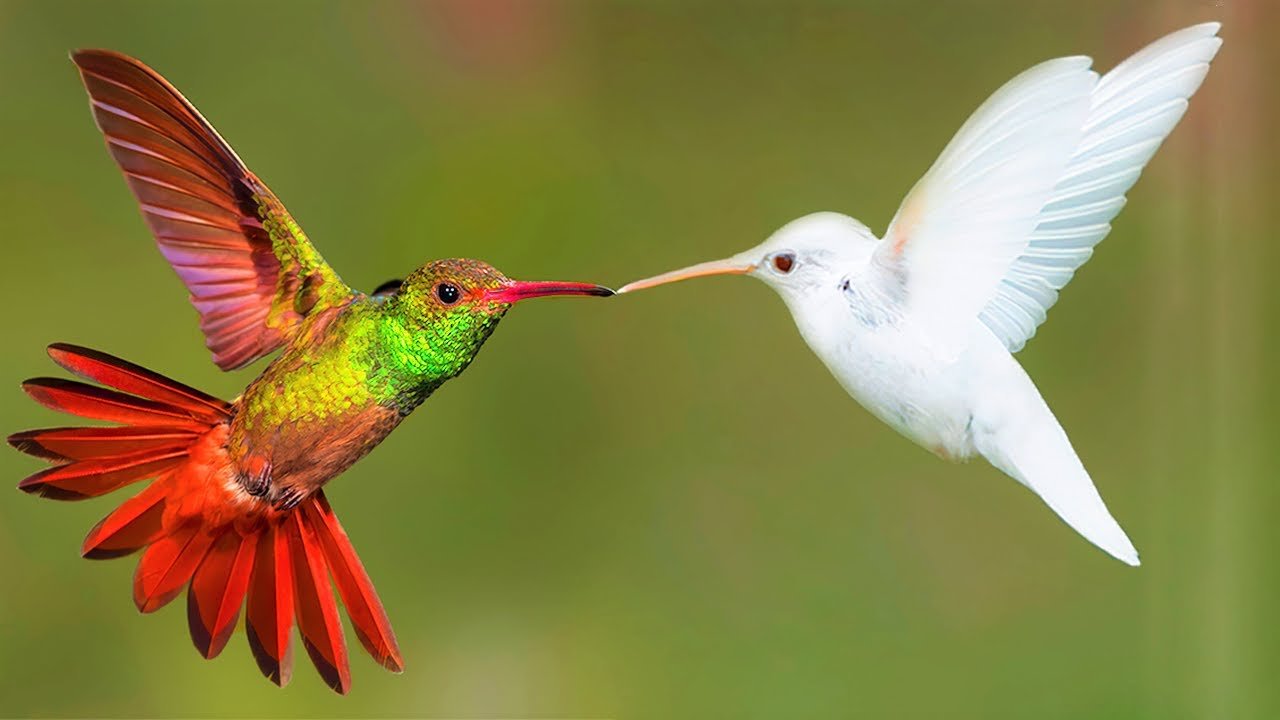Hummingbird migration is one of nature’s most fascinating spectacles.

These tiny, vibrant birds travel thousands of miles, following the bloom of flowers from their breeding grounds in North America to their wintering sites in Central and South America.
As they embark on this arduous journey, there are several steps you can take to attract and support them.
In this article, we’ll explore the key strategies to make your garden a hummingbird haven.
Understanding Hummingbird Migration
The Long Journey South
Hummingbirds migrate to escape the cold winters and find abundant food sources.
The most common species in North America, the Ruby-throated Hummingbird, can travel up to 2,000 miles from Canada to Central America.
Timing of Migration
Migration typically begins in late summer and early fall. Birds head south as the days shorten and temperatures drop.
Understanding this timing can help you prepare your garden to meet their needs.

Preparing Your Garden for Hummingbirds
Planting the Right Flowers
Flowers are a crucial food source for hummingbirds. They rely on nectar for energy, so planting nectar-rich flowers is essential.
Native Plants
Native plants are best suited for attracting hummingbirds as they are adapted to the local climate and soil. Some excellent choices include:
a) Trumpet Creeper
b) Coral Honeysuckle
c) Cardinal Flower
d) Bee Balm

Flowering Seasons
Ensure a continuous bloom in your garden by planting a variety of flowers that bloom at different times.
This provides a steady food source throughout the migration period.
Installing Hummingbird Feeders
Feeders can supplement natural nectar sources, especially when flowers are scarce.
Choosing the Right Feeder
Look for feeders with multiple feeding ports and perches. Bright red feeders are particularly attractive to hummingbirds.
Proper Placement
Place feeders in a quiet area with some shade to keep the nectar cool. Ensure they are high enough to avoid predators like cats.
Making Nectar at Home
You can make your own nectar by mixing four parts water to one part white granulated sugar.
Avoid using honey, artificial sweeteners, or food coloring as these can harm the birds.

Providing Water Sources
Hummingbirds also need water for drinking and bathing.
Birdbaths and Misters
Shallow birdbaths or misters can attract hummingbirds. Misters, in particular, create a fine spray that hummingbirds love to fly through.
Creating a Safe Habitat
Safety is crucial for attracting hummingbirds. Ensure your garden is a safe haven from predators and environmental hazards.
Reducing Pesticide Use
Avoid using pesticides, as they can poison hummingbirds and reduce the insect population they rely on for protein.
Providing Shelter
Include shrubs and small trees in your garden to offer shelter and nesting sites.

Maintaining Your Hummingbird Garden
Regularly Cleaning Feeders
Feeders can harbor mold and bacteria, so regular cleaning is essential.
Cleaning Frequency
Clean feeders at least once a week with hot water and a bottle brush. In hot weather, clean them more frequently.
Monitoring Nectar Levels
Keep an eye on nectar levels and refill as necessary. This ensures a constant supply of food.
Watching for Sick Birds
Be vigilant for any signs of sick birds. If you notice unusual behavior, clean your feeders more often and consider contacting a wildlife expert.

Enhancing Your Garden’s Appeal
Adding Color
Hummingbirds are attracted to bright colors, especially red. Incorporate red, orange, and pink flowers to catch their eye.
Incorporating Climbing Plants
Climbing plants like honeysuckle and trumpet vine can add vertical interest and additional nectar sources.
Including Native Insects
Encourage a healthy insect population by planting a variety of native plants. Hummingbirds eat small insects for protein, which is vital during migration.
Creating a Diverse Environment
A diverse garden with a mix of flowers, shrubs, and trees will provide a rich habitat for hummingbirds and other wildlife.
Educating Others About Hummingbird Conservation
Sharing Knowledge
Educate your friends and neighbors about the importance of creating hummingbird-friendly environments.
Participating in Citizen Science
Join programs like eBird or Hummingbird Central to report sightings and contribute to scientific research.
Supporting Conservation Efforts
Support organizations dedicated to hummingbird conservation through donations or volunteer work.
Conclusion
Attracting hummingbirds to your garden during migration is not only rewarding but also beneficial for these incredible birds.
By planting the right flowers, providing feeders, offering water sources, and ensuring a safe habitat, you can create an inviting environment for hummingbirds.
Maintain your garden thoughtfully and share your knowledge to help these tiny travelers on their long journey.

